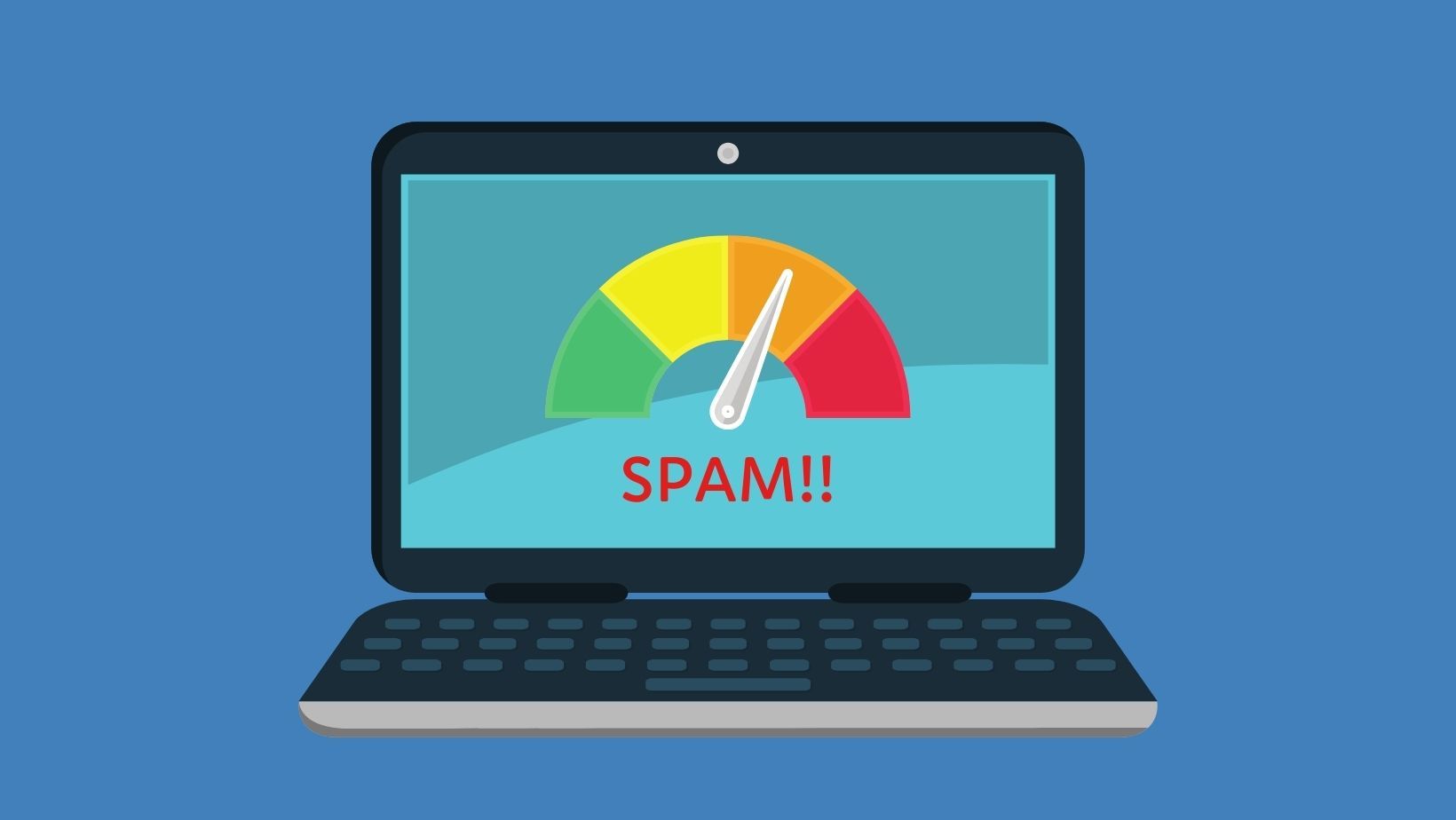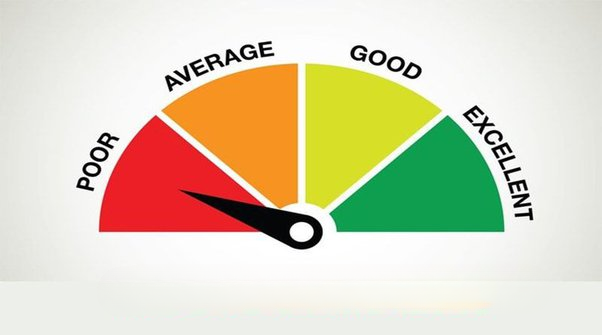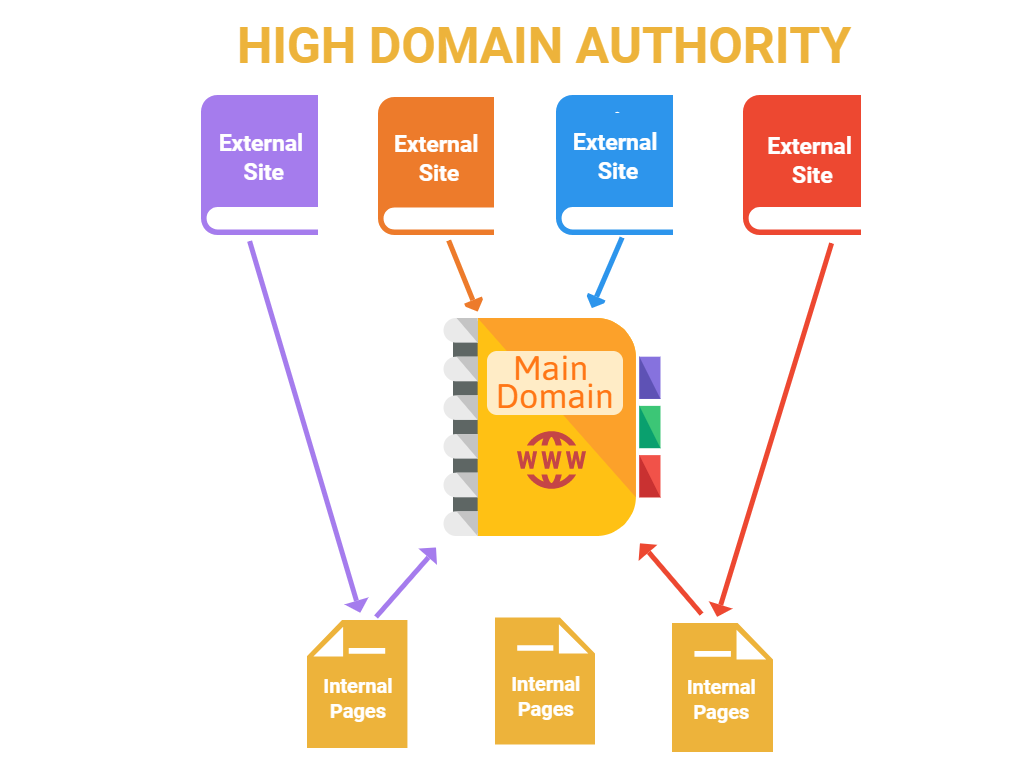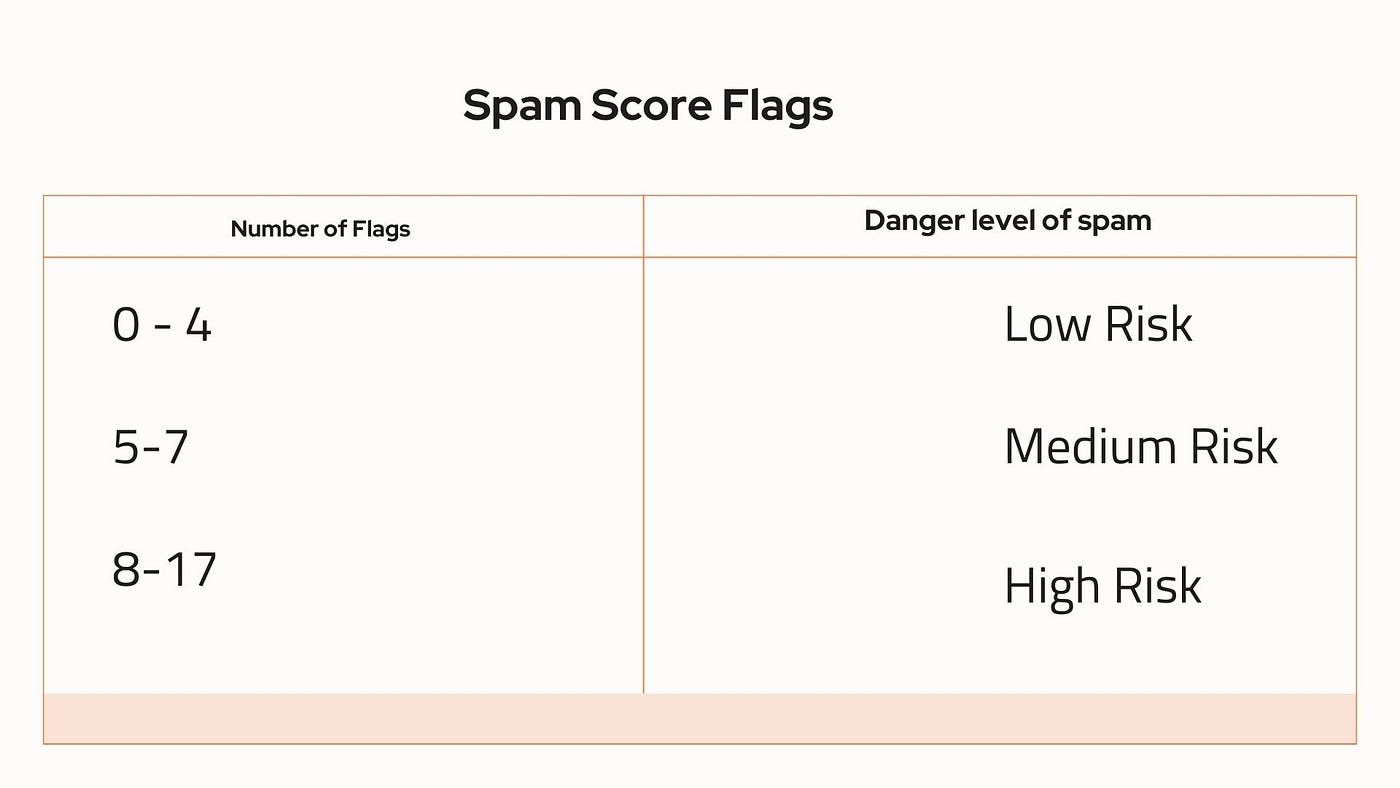A website's spam score serves as a pivotal indicator of its credibility and standing in search engine rankings.
In this exploration, we delve into the core of what defines a spam score, unraveling its significance for webmasters and SEO professionals.
From deciphering what constitutes a good spam score to unraveling the algorithms behind its calculation, this journey equips digital stakeholders with essential insights.
Embarking on this exploration not only unveils the importance of spam scores but also unveils strategies to navigate and optimize websites for enhanced online visibility and success.

What is a Spam Score?
To comprehend the concept of a spam score, it is essential to recognize it as a numerical representation of a website's likelihood of being flagged as spam by search engines. The score typically ranges from 0 to 100, with higher values indicating a higher risk of being perceived as spam.
In simpler terms, a spam score serves as a gauge of the website's overall health in the eyes of search engines, reflecting the potential presence of elements that could be deemed undesirable or suspicious.
How is the Spam Score Calculated?
The calculation of a spam score involves a complex algorithm that analyzes various factors associated with a website. Search engines utilize sophisticated techniques to assess the content, backlinks, and overall behavior of a site.
Factors such as the quality of backlinks, the relevance of content, and the site's historical performance contribute to the computation of the spam score.
Understanding these intricate calculations empowers website owners and SEO professionals to take proactive measures to maintain a healthy score and, consequently, a positive online reputation.
What Influences a Spam Score?
Several elements play a pivotal role in influencing a website's spam score. Unnatural or irrelevant backlinks, low-quality content, and suspicious user behavior are among the key factors that can contribute to a higher spam score.
Additionally, the frequency of website updates, the use of keywords, and the overall user experience contribute to the evaluation.
Webmasters should be cognizant of these influencing factors to implement strategies that not only adhere to search engine guidelines but also foster a trustworthy online presence.
The Significance of Spam Score
The significance of a spam score lies in its impact on a website's search engine rankings and online visibility.
A high spam score can result in a lower search engine ranking, decreased organic traffic, and potential penalties from search engines.
Also see: Google Ranking Algorithms: How the Google Search Works?
Conversely, maintaining a low spam score is crucial for building trust with search engines, enhancing the website's credibility, and ensuring a positive user experience.
Webmasters and SEO professionals should prioritize monitoring and optimizing the spam score to safeguard the website's standing in the competitive digital landscape.
Assessing your Spam Score
Analyzing and understanding your website's spam score is a critical aspect of maintaining a healthy online presence.
How to Use Spam Score
Effectively utilizing your spam score involves more than just acknowledging its existence. To leverage this metric, webmasters can employ various tools and platforms specifically designed for evaluating and monitoring spam scores. These tools not only provide an overview of the current spam score but also offer detailed insights into the specific elements contributing to the score.
By regularly checking and interpreting these metrics, website owners can identify potential issues and take proactive measures to maintain a favorable spam score.
Identifying Good vs Bad Spam Scores

Distinguishing between a good and bad spam score is crucial for webmasters aiming to enhance their website's credibility. A good spam score typically falls within the lower range of the scale, indicating a minimal risk of being perceived as spam by search engines.
On the contrary, a bad spam score, situated towards the higher end of the spectrum, signals potential issues that may adversely affect the website's ranking and visibility.
By regularly assessing the spam score and understanding the factors that contribute to its fluctuations, webmasters can implement targeted strategies to maintain or improve their scores. This not only ensures compliance with search engine guidelines but also fosters a positive online reputation.
Exporting Your Spam Score Data
Exporting spam score data is a valuable practice for website owners seeking to analyze trends, track improvements, and make informed decisions.
Utilizing tools that allow for the export of spam score data provides a comprehensive view of the website's performance over time.
By examining historical data, webmasters can identify patterns, correlate changes with specific site modifications, and adjust their strategies accordingly. This data-driven approach empowers website owners to make informed decisions, continuously optimize their websites, and effectively navigate the dynamic landscape of SEO.
The Correlation Between Domain Authority, Page Authority, and Spam Score
Understanding the intricate relationship between Domain Authority (DA), Page Authority (PA), and Spam Score is essential for navigating the complexities of SEO.
These metrics collectively influence a website's standing in search engine rankings, making it imperative for webmasters to comprehend their interplay.

Breakdown of Domain Authority
Domain Authority is a metric that evaluates the overall strength and credibility of a domain. It encompasses factors such as the quality and quantity of backlinks, domain age, and overall domain performance. A higher Domain Authority indicates a more authoritative and trustworthy website in the eyes of search engines.
Webmasters should focus on building a robust backlink profile and maintaining a positive online presence to enhance Domain Authority, consequently contributing to a favorable SEO outcome.
Importance of Page Authority
Page Authority, on the other hand, zooms in on the authority of specific pages within a domain.
It considers factors like the relevance of content, the quality of internal and external links, and the overall user experience on a particular page.
Just as with Domain Authority, a higher Page Authority signifies a stronger individual page that is more likely to rank well in search engine results.
Webmasters should strive to optimize individual pages for relevant keywords and provide valuable content to boost Page Authority.
The Interplay between Spam Score and Authority
The correlation between Spam Score and the combined authority of Domain Authority and Page Authority is crucial in determining a website's overall health in the eyes of search engines. While high authority can positively influence search rankings, a concurrently high Spam Score can counteract these efforts.
It is imperative for webmasters to strike a balance by addressing factors that contribute to a lower Spam Score while simultaneously enhancing Domain and Page Authority.
This strategic approach ensures a comprehensive optimization strategy that aligns with search engine guidelines.
How to Improve Your Spam Score
Understanding how to enhance your spam score is imperative for maintaining a positive online presence and search engine ranking. Implementing strategic measures can significantly impact the overall health of your website and contribute to a favorable spam score.
Strategies to Reduce Spam Score

Reducing your spam score involves a multifaceted approach. Start by conducting a thorough audit of your website to identify and address potential issues. Focus on eliminating or disavowing unnatural or irrelevant backlinks that may be negatively impacting your score.
Additionally, optimize your content to ensure relevance and quality, steering clear of keyword stuffing or other practices that could be flagged as spam by search engines.
Regularly monitoring and updating your site according to search engine guidelines is key to maintaining a low spam score.
Preventing High Spam Score in Healthcare Marketing Email
In specific industries, such as healthcare marketing, preventing a high spam score in email campaigns is crucial.
To achieve this, adhere to best practices for email marketing, including obtaining explicit consent from recipients, providing clear opt-out options, and avoiding overly promotional content.
Crafting informative and valuable email content that resonates with your audience helps build trust and reduces the likelihood of emails being marked as spam.
Tools to Assist in Lowering Your Spam Score
Utilizing specialized tools can streamline the process of lowering your spam score. Consider integrating services like Moz's Spam Score Checker or Google's Search Console to assess and monitor your website's spam score regularly. These tools offer valuable insights into the specific factors contributing to your score, enabling you to take targeted actions.
Additionally, employing email marketing tools with spam score analysis features can help optimize your email campaigns and ensure they meet industry standards.
The road to improving your spam score requires a proactive and holistic approach. By implementing effective strategies, addressing industry-specific considerations, and leveraging advanced tools, you can successfully reduce your spam score and bolster your website's credibility in the eyes of search engines.
Also see: Moz SEO Product Tour, Reviews & More 2023
Conclusion
In summary, mastering a website's spam score is vital for SEO success. This exploration has highlighted the importance of understanding spam score calculation, its significance, and its correlation with authority metrics.
To maintain a positive online presence, webmasters should focus on strategic improvements, including regular audits, backlink optimization, and adherence to industry-specific best practices.
Leveraging tools like Moz's Spam Score Checker and Google's Search Console enhances monitoring and optimization efforts. A proactive stance in managing and optimizing the website's performance ensures long-term success in the competitive realm of SEO.
Frequently Asked Questions
What influences a spam score?
Several elements, such as unnatural backlinks, low-quality content, and suspicious user behavior, influence a website's spam score. Webmasters should be aware of these factors to implement strategies aligned with search engine guidelines.
How to Reduce Spam Score?
Reducing spam score involves strategies like conducting a backlink audit, optimizing content, and staying updated according to search engine guidelines. These measures help maintain a favorable score and positive online reputation.
How Can I Improve My Spam Score?
Improving your spam score involves a multifaceted approach, including a backlink audit, content optimization, and regular updates. Industry-specific considerations, such as healthcare marketing, require explicit consent in emails and tools like Moz's Spam Score Checker for effective optimization.
For further reading, you might be interested in the following:

